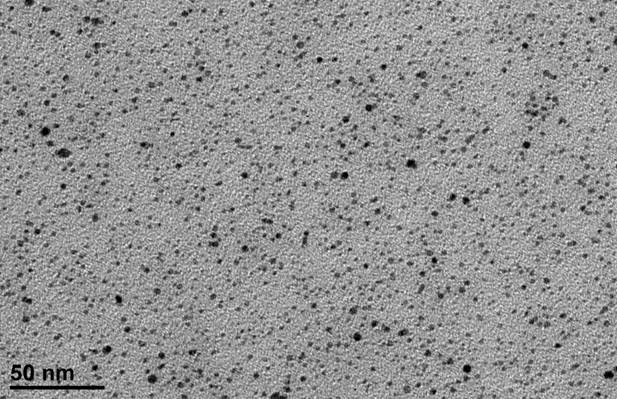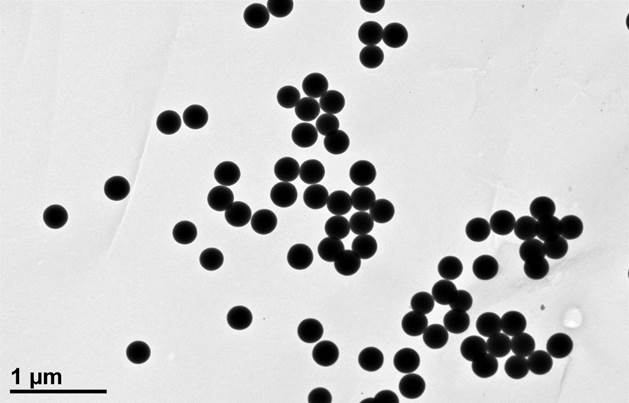Reports: UR552768-UR5: Selectivity Control in Aqueous Phenol Hydrogenation Using Palladium Nanocatalysts
Anderson L. Marsh, Lebanon Valley College
Our work is focused on understanding nanocatalyst properties that will selectively produce cyclohexanone, an intermediate in nylon polymer production, during the hydrogenation of phenol in the aqueous phase. We are employing polyvinylpyrrolidone-capped palladium nanoparticles supported on silica microspheres as model catalysts for this reaction. This past year, we used kinetic studies to examine the role of the polymer stabilizer and silica microsphere support.
We have synthesized colloidal Pd nanocatalysts stabilized by polyvinylpyrrolidone (PVP) using solution based alcohol reduction methods published in the literature.1 Aqueous solutions of H2PdCl4 were prepared with 2.0 M HCl in 18 MΩ water. This H2PdCl4 solution, additional deionized water, ethanol, 40,000 g·mol−1 PVP, and 1 M HCl were refluxed in a round bottom flask for 3 h to produce a dark brown solution of colloidal PVP-capped Pd nanoparticles through the unbalanced reaction shown in equation 1:
Pd2+(aq) + PVP(aq) + CH3CH2OH(aq) → PVP-Pd0 + CH3CHO(aq) + 2 H+(aq) (1)
The concentration of ethanol in the refluxing mixture was 40% based on volume. A mole ratio of 20 to 1 for PVP to Pd, based on moles of PVP monomer units, was used in the synthesis. Particles synthesized with this route were in the 3 nm size range, determined by transmission electron microscopy (TEM) analysis. A representative TEM image is shown below in Figure 1.
Figure 1. TEM image of 3 nm Pd nanoparticles synthesized with 40,000 g·mol−1 PVP.
After washing and collection steps, these colloidal nanoparticles were redispered in deionized water to create 1.2 mM solutions based on moles of Pd. Using this route, we also prepared nanoparticles that varied in size using a step-growth procedure.1 A different procedure was used to prepare uncapped Pd nanoparticles.2
During this past summer, we worked to prepare supported catalysts by depositing the colloidal nanoparticles on the surfaces of silica microspheres. We synthesized the silica microspheres via the Stӧber method, in which tetraethyl orthosilicate is added to a solution of ethanol, water, and ammonium hydroxide and stirred over a 12 h period.3 The microspheres have been characterized via TEM, as shown in Figure 2 below. To prepare the supported nanocatalysts, we used a simple adsorption method which involved stirring an aqueous mixture of the microsopheres and selected volumes of the PVP-capped nanoparticle solutions.4 To determine the metal loading we will be using flame atomic absorption spectrometry (FAAS). This past summer we generated standard curves and verified the loading of a commercial 5% Pd on silica catalyst.
Figure 2. TEM image of silica microspheres.
Our reaction studies during the past summer were again limited due to problems with the department’s gas chromatograph/mass spectrometer. However, we were able to obtain some results which demonstrated that the Pd nanocatalysts adsorbed on silica microspheres show comparable activity and selectivity for cyclohexanone formation to the commercial 5% Pd on silica catalyst.
Table 1. Summary of catalytic reaction studies.
Catalyst
|
H2 Pressure (bar)
|
Temperature (°C)
|
Phenol to Pd Ratio
|
TOF (s−1)
|
Selectivity to Cyclohexanone at 120 min
|
PVP-Pd on Silica
|
4.5
|
45
|
20
|
0.0010
|
100%
|
5% Pd on Silica
|
2.1
|
50
|
20
|
0.009
|
100%
|
During the summer four students, a rising senior Josh Kauffman, a rising junior Nate Ginder, a rising sophomore Alex Lehman, and an entering freshman Kristen Kelsall were supported on the grant and worked a total of 10 weeks each. At the end of the summer all students presented a poster at a regional scientific meeting and will be presenting at another regional meeting during the fall semester. Josh Kauffman is continuing to work on the project during this academic year as part of his senior capstone experience for the ACS certified degree.
References
1. Li, Y.; Boone, E.; El-Sayed, M. A. Size Effects of PVP-Pd Nanoparticles on the Catalytic Suzuki Reactions in Aqueous Solution. Langmuir 2002, 18, 4921−4925.
2. Omole, M. A.; K’Owino, I. O.; Sadik, O. A. Palladium Nanoparticles for Catalytic Reduction of Cr(VI) using Formic Acid. Applied Catalysis B 2007, 76, 158−167.
3. Stӧber, W.; Fink, A.; Bohn, E. Controlled Growth of Monodisperse Silica Spheres in the Micron Size Range. Journal of Colloid and Interface Science 1968, 26, 62−69.
4. Gude, K.; Narayanan, R. Colloidal Supported Metal Nanoparticles (CSMNs) as Effective Nanocatalysts for Liquid-Phase Suzuki Cross-Coupling Reactions. Journal of Physical Chemistry C 2011, 115, 12716−12725.













